Islands in the Chesapeake Bay have been inhabited for centuries, allowing for cultural niches to form. These areas have prospered, though have been shaken by the negative impacts their cultures have faced. The specific coastal environments that make these locations distinguishable play a key role in the development of these cultural areas. As the shorelines are receding, these areas are under threat of potential extinction, such as the fate of Holland Island. This poses a difficult question: do we defy nature, and attempt to save the culture by way of rebuilding the island? Or do we let nature take its course, destroying both the island and potentially the culture?
These cultures are incredibly unique. Do we have a responsibility to preserve small cultures such as these? People may feel that abstaining from interfering is morally wrong; that we need to save this nearly sacred ground. If the land is lost, we lose the significance of people’s local knowledge – and what use would this knowledge be if they were displaced from their home land? Mere memories that would turn into folk tales. We perceive cultures as significant pieces of the past, present, and future. We are able to see into the past through traditions and patterns that people follow. Specific to island communities in the Chesapeake is the skipjack. These boats have been present for centuries, and invented to smoothly sail over the contours of the waterway. Presently, these cultures are celebrated annually with festivals such as the Oyster Fest. We take pride in having these individuals, keeping up family traditions and passing the watermen’s work boots down to children and grandchildren. Cultures can be projected into the future, in order to prepare us for future occurrences. For example, the oyster dredging can be seen as a positive and negative aspect of the business. While the watermen claim it helps fluff the oyster bars, removing sediment, and keeping the oysters happy, others will present information opposing this. Dredging also rips up any sub aquatic vegetation, or SAVs, which results in depleted oxygen and reduces the population of other species. However, there is also the ethical obligation to allow nature to take its course. By adding bulkheads and extra sediment to these islands, we disrupt the cyclical nature of these environments. Some people believe that for every action is there a reaction at least equivalent to what had been done. Using this, it could be said that when we try to save these islands, just for strong hurricanes that wreak havoc on these environments, it is because they are meant to slowly disappear with time. Therefore, two conflicting ideas are apparent here, creating a complex situation.
If we strive to save the culture, it would be beautiful to see this flourish. This culture has survived for centuries, beginning with the oyster market boom. We can see its history through the hundreds of oyster can brands that were created to keep up with the supply from years past. The small island culture is the source of character for the Chesapeake Bay. They have been able to survive in these small communities because of the fruitful harvest the Bay has provided for centuries. Skipjacks were created specifically for this region, all based around the desire to harvest oysters. The white boots these men wear are symbolic of the long hours, hard work, and dedication put into this career. Prolonging the survival of this culture presents an opportunity for their children to become involved and continue the traditions of the culture. But at what cost?
Attempting to stave off the inevitable disappearance of these islands will only produce further issues. Many methods of preserving an island ultimately destroy other habitats. It starves environments of sand deposits and other essential materials. Feeding money into methods such as bulkheads and depositing dredge material may buy more time, but it can not truly save the island. Waves eat away the shoreline for an eternity, and will not cease this behavior merely because of human intervention. And why buy more time for these individuals, just to make them ultimately move away from their homeland?
There is no simple solution to this predicament. However, I believe the most practical solution will be to have these individuals move off of the islands. It is not easy to consider this the best solution, but there are many reasons that submission to Mother Nature’s desires is best for everyone. Attempting to save these islands is futile at best. Of course it may buy more time, but even so, would it still be the island these individuals once lived on? The answer is simply no. By adding land, it results in the opportunity to have more development pop up, and also distorts the heart of the island. It would result in changing the location of marinas, which would be a large shock to the community. In addition, this culture is already being influenced by outside forces. While the impact has been slight, they have proven themselves to be relatively resilient to individuals on the main land. Therefore, these watermen would be able to adjust to living on the mainland, with slight changes to their culture. The truth of the matter is that individuals are leaving the island for reasons other than erosion. There are no jobs here. This culture is already beginning to fade, as younger generations do not see it as a profitable field. In retrospect, moving away from these small islands sooner than later may ultimately preserve more of the culture than if they wait until the water is at their doorstep.

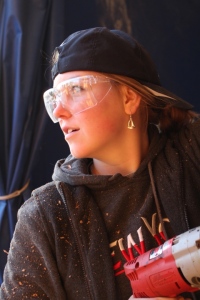











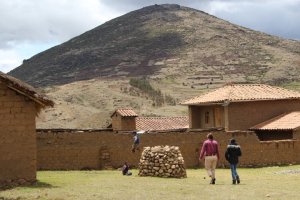
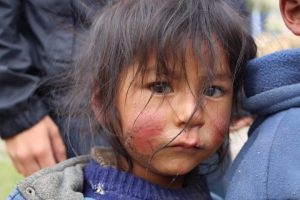
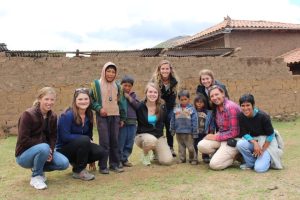

![IMG_2299[1]](https://dobroskik.files.wordpress.com/2013/11/img_22991.jpg?w=300&h=225)

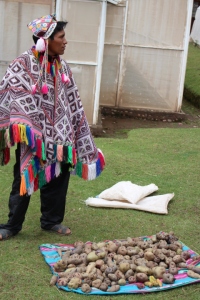

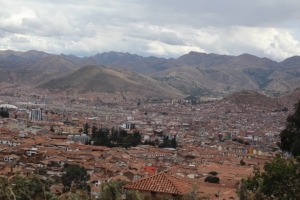

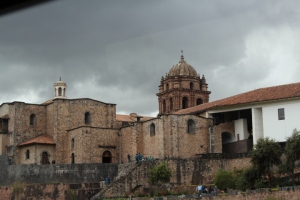

![IMG_2486[1]](https://dobroskik.files.wordpress.com/2013/11/img_24861.jpg?w=300&h=225)